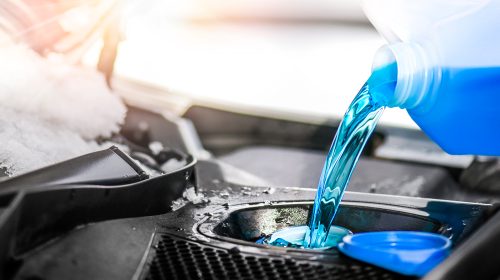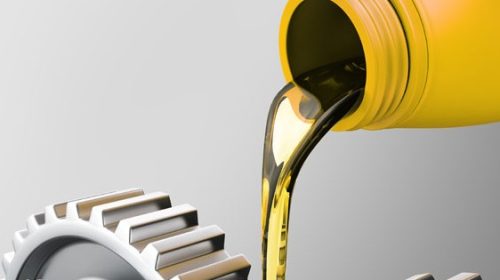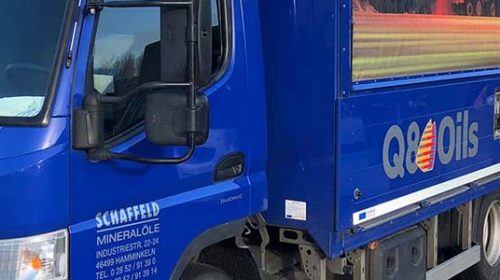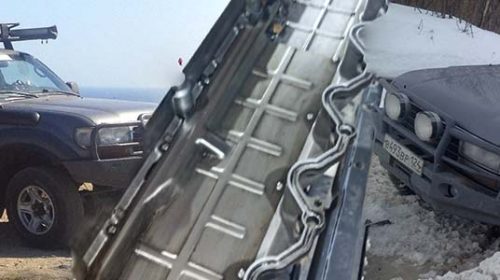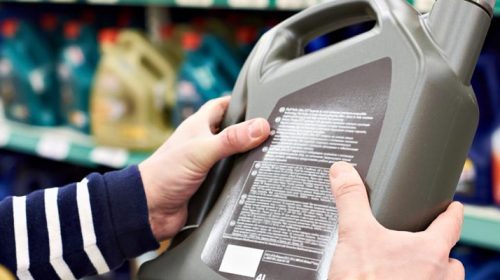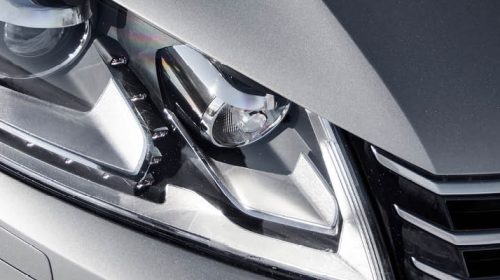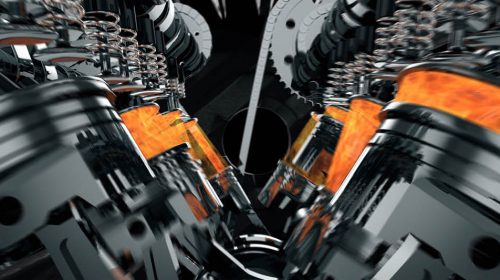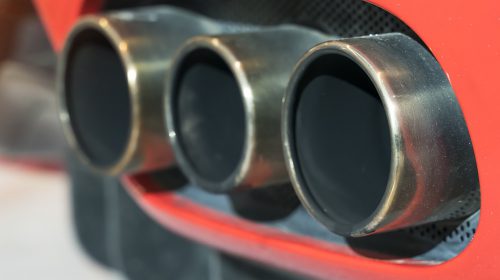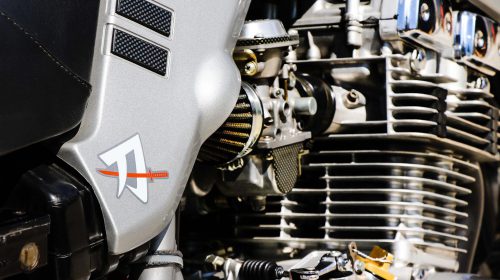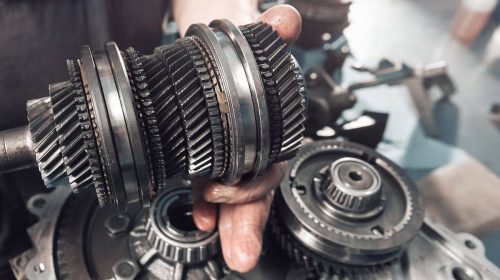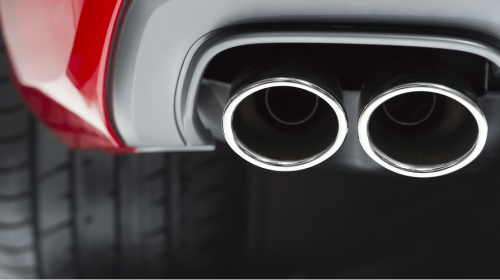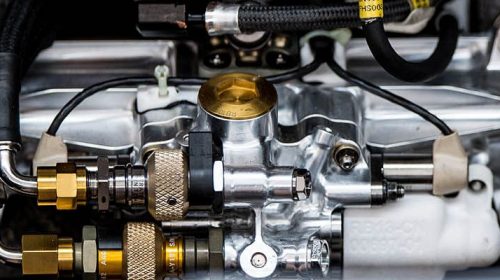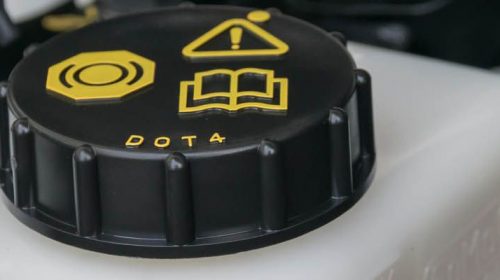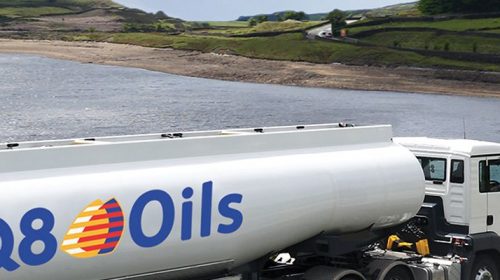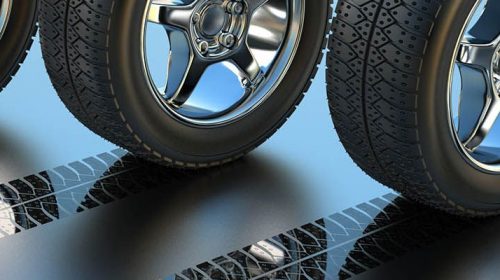It isn’t only big companies operating a large and varied pool of goods vehicles and cars that need a fleet manager to oversee effective control of these assets. Small businesses with six or a dozen vehicles should have a dedicated person to fill the function of the fleet manager, even if it only takes a morning each week to maintain records and process purchases. This article is intended to guide the latter, to ensure that legal and mechanical requirements are not overlooked.
1. Appoint a designated person to be fleet supervisor
It doesn’t need to be a technical person. The person appointed must be a competent administrator, and able to devote a regular period to performing the role of fleet supervisor. The role will involve recording events, ensuring that required actions are undertaken in a timely manner, and arranging for in-house or sub-contract maintenance.
2. Matters to record for each vehicle
- Date of purchase
- Renewal dates for Vehicle Road Tax, Insurance, warranty period, and MOTs.
- Keep a record of the weekly mileage and fuel consumption. These can be used to calculate fuel consumption and determine if the engine is running efficiently.
- Record the date of full oil changes.
- Record the date and mileage of full mechanical inspections.
- Record the date of tyre replacements.
The list represents the minimum information that should be gathered, and the fleet supervisor will soon determine the other data to record.
3. Develop and enforce a regime for oil level checks, routine oil changes, and vehicle inspections
Oil levels should be checked to the frequency recommended in the vehicle handbook. If topping-up is required this should be noted and, if possible, the volume used.
- Maintain a supply of engine oil commensurate with the OEM recommendations during the warranty period, and thereafter an oil that matches the appropriate industry standard for the workload the vehicle undertakes.
- Change the oil at the intervals specified in the vehicle handbook. All engine lubricating oils deteriorate through usage and age. The recommended life of lubricating oil is usually specified in the number of miles travelled or a period of one year.
- Prepare a check-list of daily, weekly, and monthly tasks for the driver or a mechanical technician to check — oil level, tyre pressure/condition, lighting, body condition, etc.
4. Regularly review vehicle sizes with changing business requirements.
If you are operating commercial vehicles it may be that you are having to regularly send two vehicles when a single larger vehicle would save fuel and driver time, or conversely, a vehicle is constantly being sent out with a load that would fit into a smaller vehicle.
This information will help decision making when it comes to replacing vehicles.
5. Digitalise all vehicle documents
Digitalise, and keep all documents for each vehicle in a separate file — invoices, work orders, receipts, photos, product manuals, accident details and records compiled in Point 2. This provides a quick, efficient and convenient access to the complete history of the vehicle.
6. Record vehicle problems
Encourage drivers to report vehicle problems and accident ‘near-misses’ resulting from a malfunction of the vehicle. These should not identify the driver. The comments should be published to all personnel, with drivers encouraged to offer further comments so that they can be considered when it comes to replacing vehicles.
7. Good driving award system
Initiate a good driving award. This helps to establish a sense of appreciation and loyalty. Set the goals, the Company expectations, and the awards given at regular intervals. The award need not be expensive and should be non-competitive.
8. Cleanliness
Don’t neglect to keep the bodywork, chassis and internal areas of the vehicles clean. First. there is the impression made on the customer. Second it removes salt and other corrosive road chemicals that can damage the vehicle. Third, it helps to maintain the trade-in value when it comes to disposal of the asset. Finally, it builds driver morale.
Where and how to clean the bodywork —high pressure or steam cleaners, automatic wash systems, or hand cleaning — is a subject on its own that includes discussion on damage to paintwork, environmental harm and employment issues.
A report is awaited from the House of Commons Environmental Audit Committee into unregulated hand car washes, which could also affect washing vehicles on company premises.
There are professionally written computer programmes available that will help the fleet controller manage an expanding asset base of motor vehicles.







